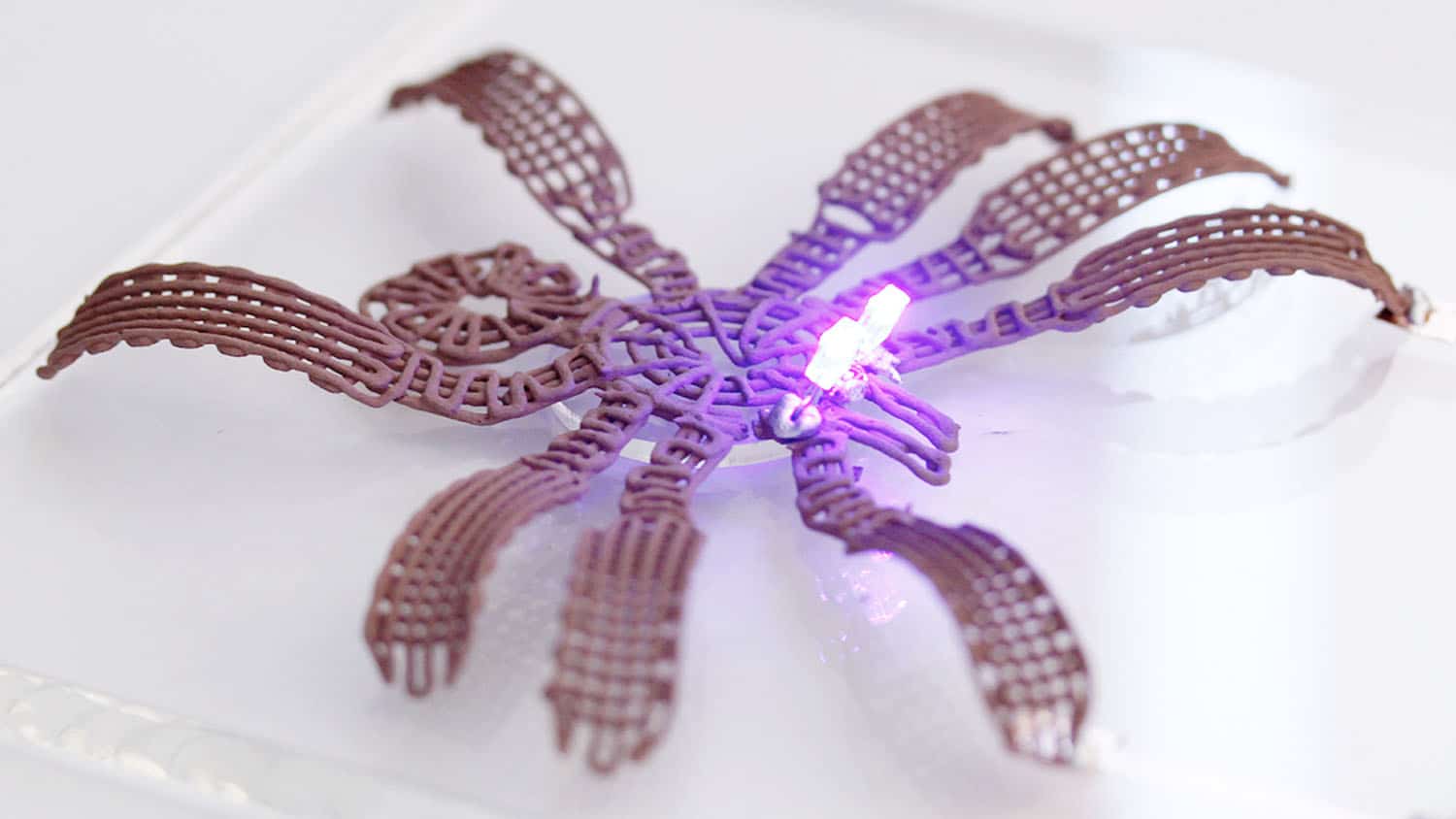A Breakthrough in Electronic Skin Technology
Researchers at Helmholtz-Zentrum Dresden-Rossendorf (HZDR) have developed an innovative electronic skin (e-skin) capable of detecting and precisely tracking magnetic fields using a single global sensor. This advancement could enable applications such as navigating virtual reality environments with contact lenses or operating smartphones underwater.
Overcoming Traditional Limitations
Traditional e-skins often rely on numerous individual sensors and extensive electronics, making them bulky and less practical. In contrast, the HZDR team’s e-skin utilizes a thin, flexible membrane just a few micrometers thick. This membrane is optically transparent and perforated, allowing air and moisture to pass through, which enables the underlying skin to breathe.
How the E-Skin Detects Magnetic Fields
The e-skin features a magnetosensitive functional layer that acts as a global sensor surface, capable of precisely localizing magnetic signals. When magnetic fields alter the electrical resistance of this material, a central processing unit calculates the signal’s origin based on these changes. This design emulates the human skin’s interaction with the brain, resulting in a more energy-efficient system.
Potential Applications in Real and Virtual Worlds
This development opens up possibilities for various applications, including:
- Recognizing digital patterns written with a magnetic stylus
- Enabling touchless interactions in virtual reality
- Operating electronic devices in challenging environments, such as underwater
- Enhancing robotic systems for movement detection in complex settings
A New Era of Human-Machine Interaction
By integrating magnetoreception into a lightweight and flexible e-skin, the HZDR team has created a novel communication channel between humans and machines. This innovation has the potential to transform interactions in both virtual and real-world scenarios.







